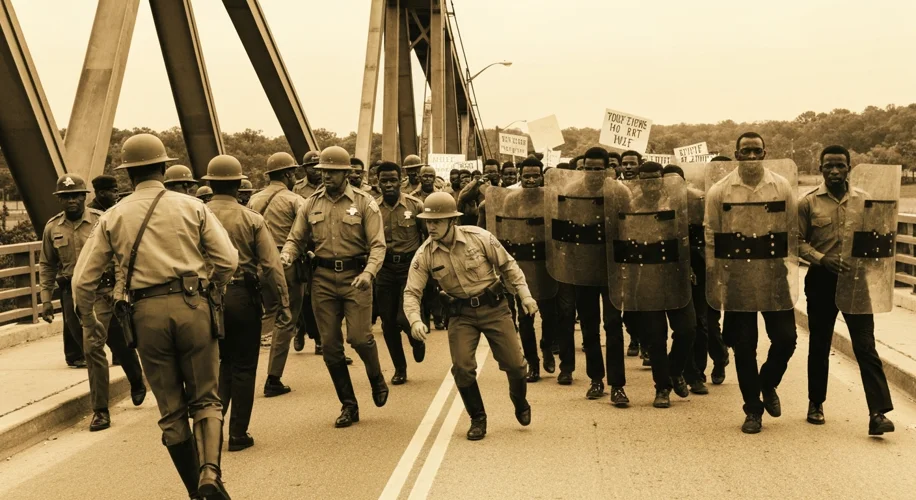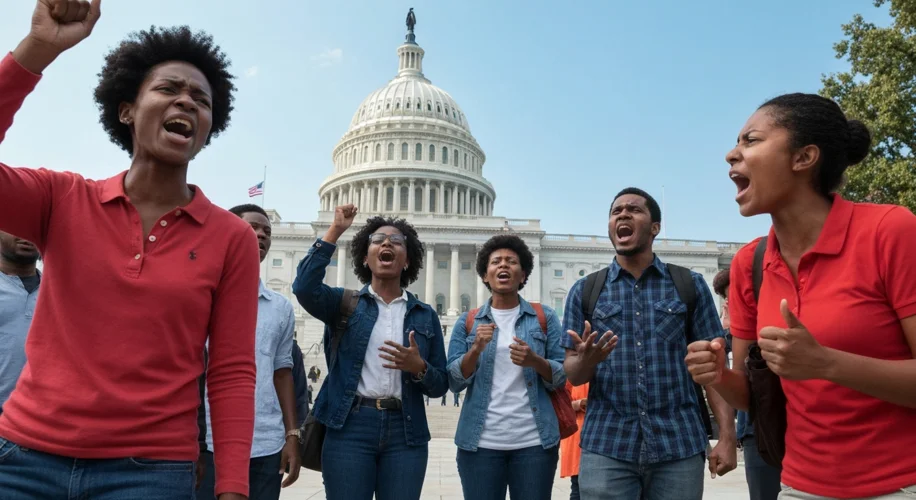In the mid-20th century, America stood at a precipice. The echoes of slavery and Jim Crow still resonated through the South, a brutal symphony of segregation and disenfranchisement. For millions of Black Americans, the promise of democracy, enshrined in the very founding documents of the nation, remained a cruel illusion, particularly at the ballot box.
This was the landscape upon which the Civil Rights Movement waged its most profound battles, with the fight for voting rights emerging as a central, unyielding struggle. It wasn’t just about the abstract right to vote; it was about the fundamental right to be seen, heard, and counted as a full citizen in a nation that claimed to be a beacon of freedom.
The early 20th century had seen some progress, but systemic barriers remained formidable. Poll taxes, literacy tests designed to be impossibly difficult, and outright intimidation were the weapons of choice wielded by those determined to maintain white supremacy. The voter registration rolls in Southern states told a stark story: Black Americans, despite making up significant portions of the population, were represented in abysmal numbers. Imagine the frustration, the sheer indignity, of being denied a voice in your own governance, simply because of the color of your skin.
The landscape of resistance began to shift and intensify in the post-World War II era. Black soldiers, having fought for democracy abroad, returned home to find it denied to them. This cognitive dissonance fueled a growing impatience and a renewed commitment to achieving full citizenship rights. Organizations like the NAACP, SNCC (Student Nonviolent Coordinating Committee), and CORE (Congress of Racial Equality) became the vanguards, employing various strategies, from legal challenges to peaceful protests and direct action.
The struggle was not without its immense cost. The stories of those who dared to register to vote are etched in the annals of American history with both courage and tragedy. Consider the Mississippi Freedom Summer of 1964, a concerted effort to register Black voters. Young, idealistic volunteers, many from the North, descended upon Mississippi, facing a torrent of violence and resistance. Three of those brave souls – James Chaney, Andrew Goodman, and Michael Schwerner – were brutally murdered, their bodies found buried in an earthen dam, a chilling testament to the depths of hatred they confronted.

The violence, however, did not deter the movement; it galvanized it. The infamous “Bloody Sunday” on March 7, 1965, in Selma, Alabama, became a pivotal moment. As peaceful demonstrators attempted to march from Selma to Montgomery to protest voter discrimination, they were brutally attacked by state troopers and local possemen on the Edmund Pettus Bridge. The images of elderly men and women being beaten, tear-gassed, and trampled shocked the nation and the world, creating an undeniable moral imperative for federal intervention.
President Lyndon B. Johnson, witnessing the unfolding horror, addressed a joint session of Congress, famously invoking the movement’s anthem: “We shall overcome.” This speech marked a turning point, leading directly to the passage of the Voting Rights Act of 1965. This landmark legislation outlawed discriminatory voting practices, such as literacy tests and poll taxes, and provided for federal oversight of elections in areas with a history of discrimination. It was a monumental victory, a crack in the dam that had held back the tide of Black enfranchisement for nearly a century.
The impact of the Voting Rights Act was profound and immediate. Within a few years, the number of Black registered voters and elected officials in the South surged dramatically. The political landscape began to shift, as previously ignored communities found their voices amplified in the halls of power. It was a tangible realization of the democratic ideals that had long been denied.
However, the battle for voting rights has been a continuous one. The original Voting Rights Act has faced numerous challenges and erosions over the decades, most notably the Supreme Court’s 2013 decision in Shelby County v. Holder, which struck down a key provision requiring federal preclearance for changes to voting laws in certain jurisdictions. This decision has been followed by a wave of new state-level voting restrictions that disproportionately affect minority communities, raising concerns about a return to the disenfranchisement tactics of the past.

The legacy of the Civil Rights Movement and its fight for voting rights is a powerful reminder that democracy is not a spectator sport. It requires constant vigilance, active participation, and an unwavering commitment to ensuring that the ballot box is truly accessible to all. The struggles of the past continue to inform the debates of today, urging us to protect and expand the fundamental right to vote, the very cornerstone of a just and equitable society. The echoes of Selma and the courage of those who marched still resonate, calling us to action.

